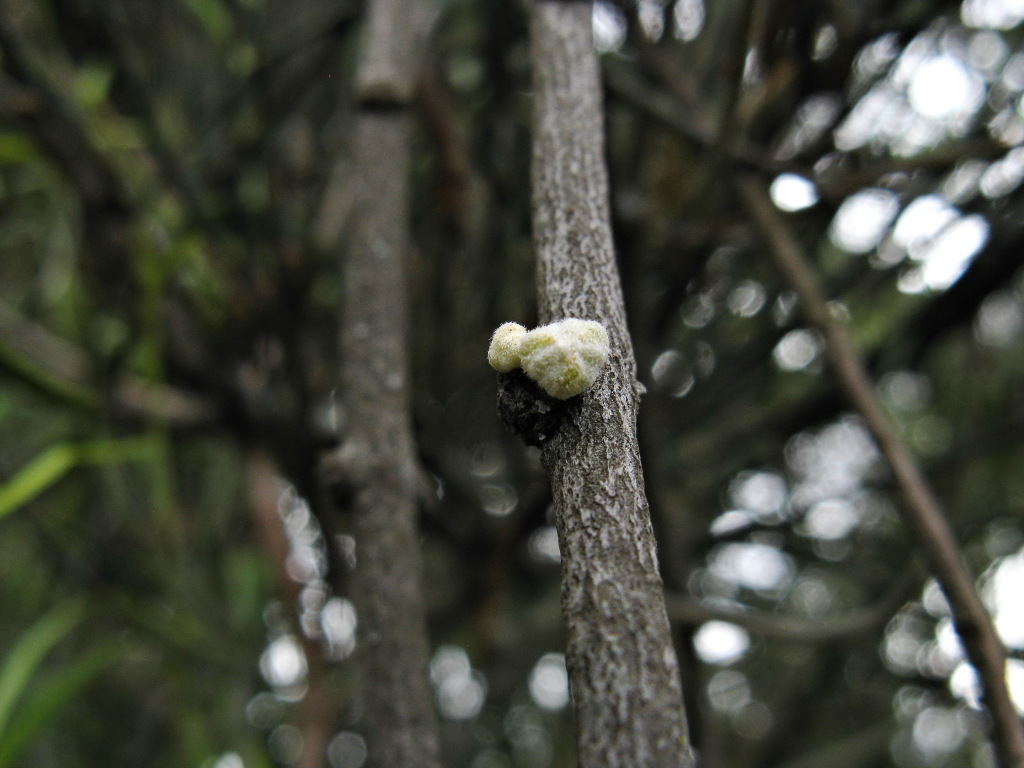Amyema linophylla subsp. orientalis
Buloke MistletoeAustral. J. Bot. 14: 470 (1966)
Taxonomic status
Accepted
Occurrence status
Present
Origin
Native
Degree of establishment
Native
Threat status
FFG:
Critically Endangered (CR)



